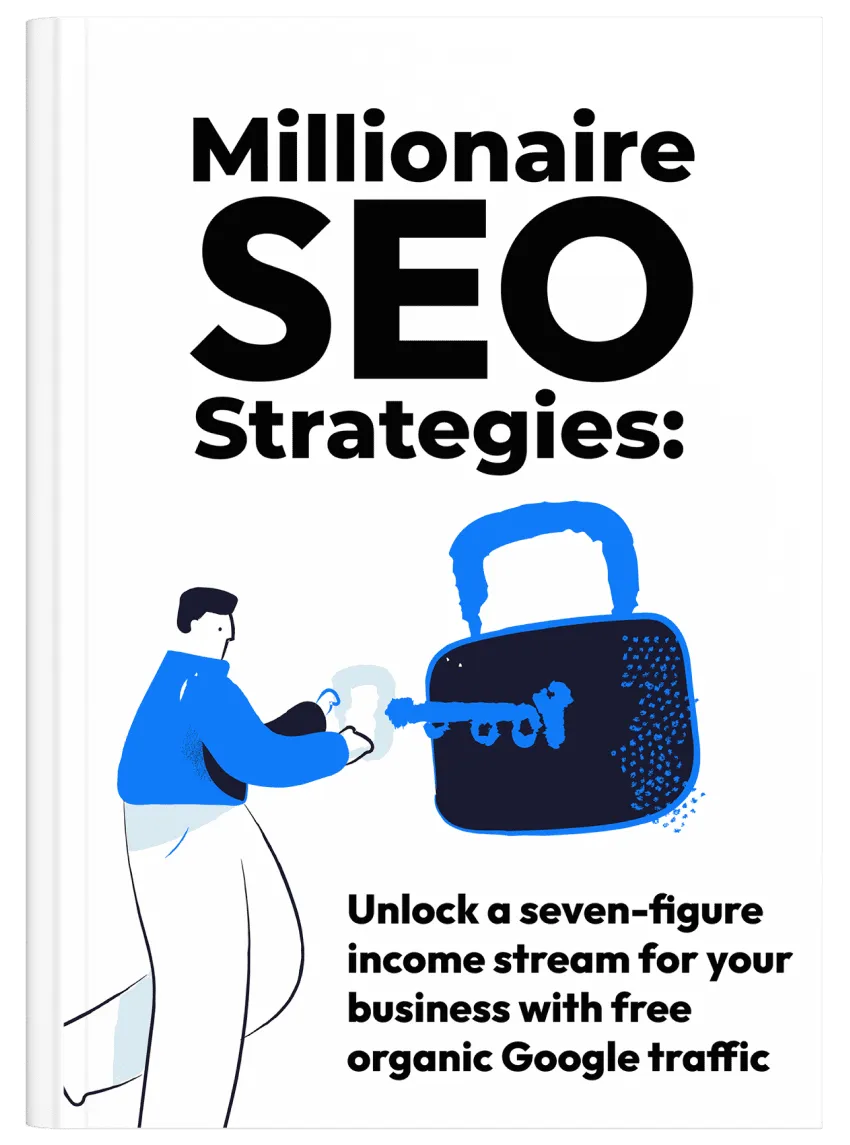
Keyword research evolution: How to find topics with buying intent
Targeting keywords with the highest search volume is a strategy that does not work for everyone — except huge brands that have really big content marketing budgets.
For smaller businesses and startups, a little more creativity is required.
You can formulate your content strategy around the keywords with the highest search volume, but chances are that you will fail because of two reasons:
- Most probably you will not rank for those keywords. As those keywords are usually “head” keywords, you will have to face tremendous competition from other well-established brands on the web.
- Second, even if you do manage to rank on the top of the SERPs (somehow), the ROI will be extremely poor. Those “head” keywords although bring a lot of traffic, those visitors aren’t always looking to buy anything.
So … what should you do instead?
The idea is to evolve your keyword research strategy and find topics with buying intent.
Here are a few ways how you can do that.
1. Target long-tail keywords
Head keywords, by nature, do not represent a user’s buying intent. For example, “shoes” is too broad a keyword to be associated with a user’s buying intent.
On the other hand, long-tail keywords are much more suitable for that purpose, e.g., “white running shoes for men.”
If you are evolving your content and keyword strategy to utilize keywords with buying intent, you should focus more on long-tail keywords.
2. Create a sales funnel
Creating a sales funnel with clearly defined funnel stages is the most important step here.
You can create a basic three-step sales funnel that has three stages:
- Awareness
- Research
- Consideration
Or you can go more in-depth and create a six-stage sales funnel with multiple layers, for example:
- Awareness
- Interest
- Consideration
- Intent
- Evaluation
- Purchase
Either way, the goal is to segment your user’s journey and identify specific content, topics, and keywords that you can use during each stage.
A study by Northwestern University analyzed 25,000 search queries and revealed that users with browsing intent are 20% more likely to click on more “abstract” words, such as “best”. On the other hand, users with more buying intent are 180% more likely to click on action words, such as “shop” or “buy”.
By using this information, you can choose keywords, pick action words, and craft your content strategy for each stage of the funnel.
3. Use the 80/20 rule
Creating too many promotional pieces of content may hurt your brand’s reputation in the long run. While you do want to sell your product, in today’s age, it is equally important to inform and educate your readers.
Creating a loyal brand following may yield great returns.
To achieve that, use the 80/20 rule. Generally, it means publishing 4 more informative pieces of content before you publish 1 persuasive or promotional blog post.
The 80/20 rule keeps things in balance and helps you craft a good content strategy that values information as well as selling.
4. Use Google Analytics to identify and plug leaks
Once you have the sales funnel set, you should identify any leaks and plug them. You can do so by looking at your data in Google Analytics.
Google Analytics enables you to view the entire sales funnel and helps you identify the exact stage (or web page) where you are losing people.
This will not help you retain more of your traffic on your website, but you will also be able to understand what your readers want, what makes them quit your site, and what changes you need to make to improve your content and keyword strategy in the future.
5. Be relevant
In the end, it all comes down to relevance.
If you are creating relevant content — content that matches what your users are searching for — Google is going to rank your web pages on the top. This is regardless of whether you use the primary keywords multiple times on a page or not.
Take a look at the following image.
Although the word ‘infant’ does not appear in the first result, it is still on the top. On the other hand, result #4 has the word ‘infant’ 18 times, but it is not in the top 3 positions.
Google understands user queries very well, and it tries to match with the most relevant content. Keywords are important, but the relevance is your content is more important.
Therefore,
- Understand who your audience is what they want,
- Truly understand their queries — the problems that they are facing,
- And craft your content accordingly.
With these tips, you will be able to craft a good modern-day content and keyword strategy that not only targets high search volume but also takes into account ROI, conversion rate, and user’s buying intent.








